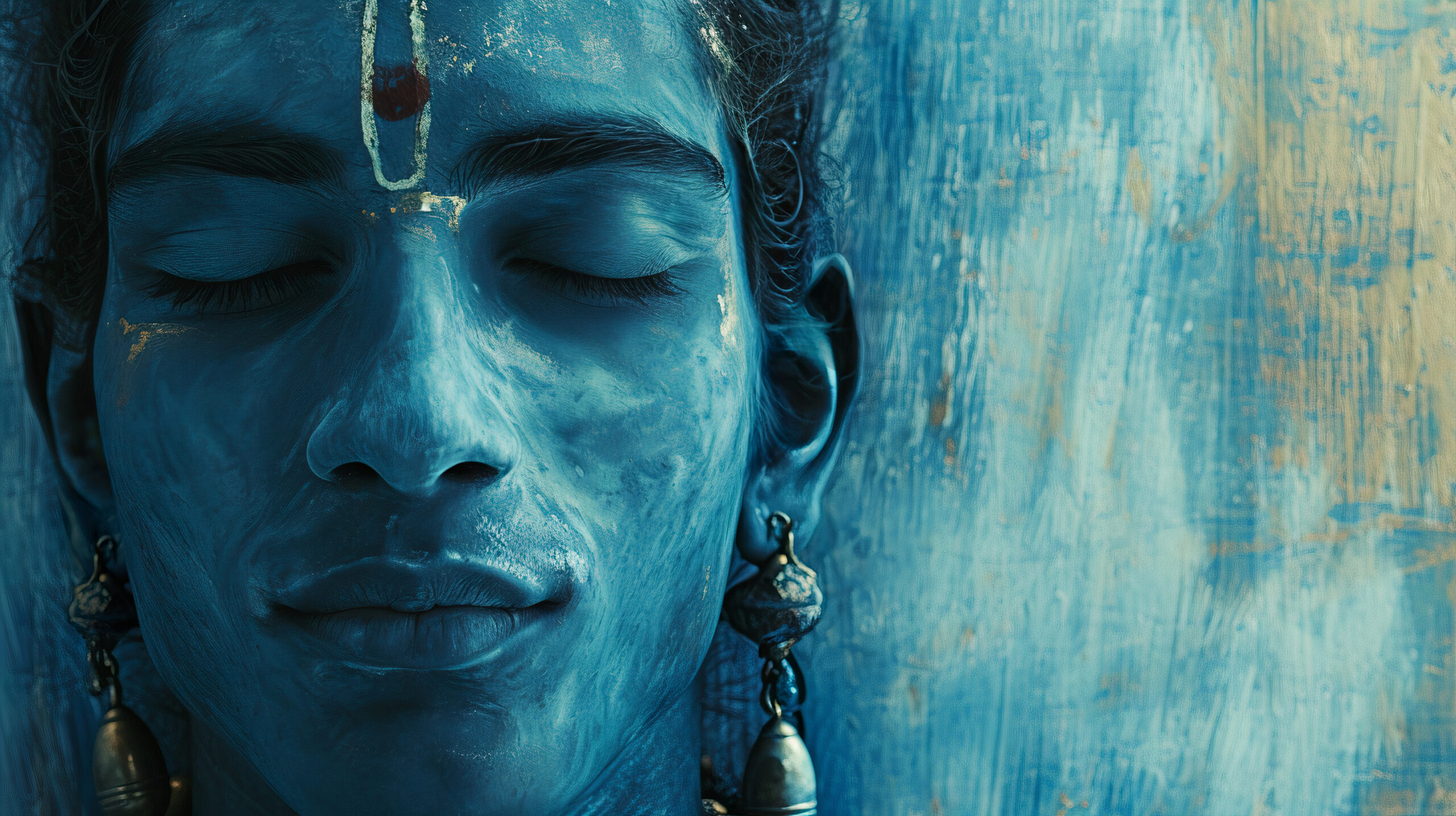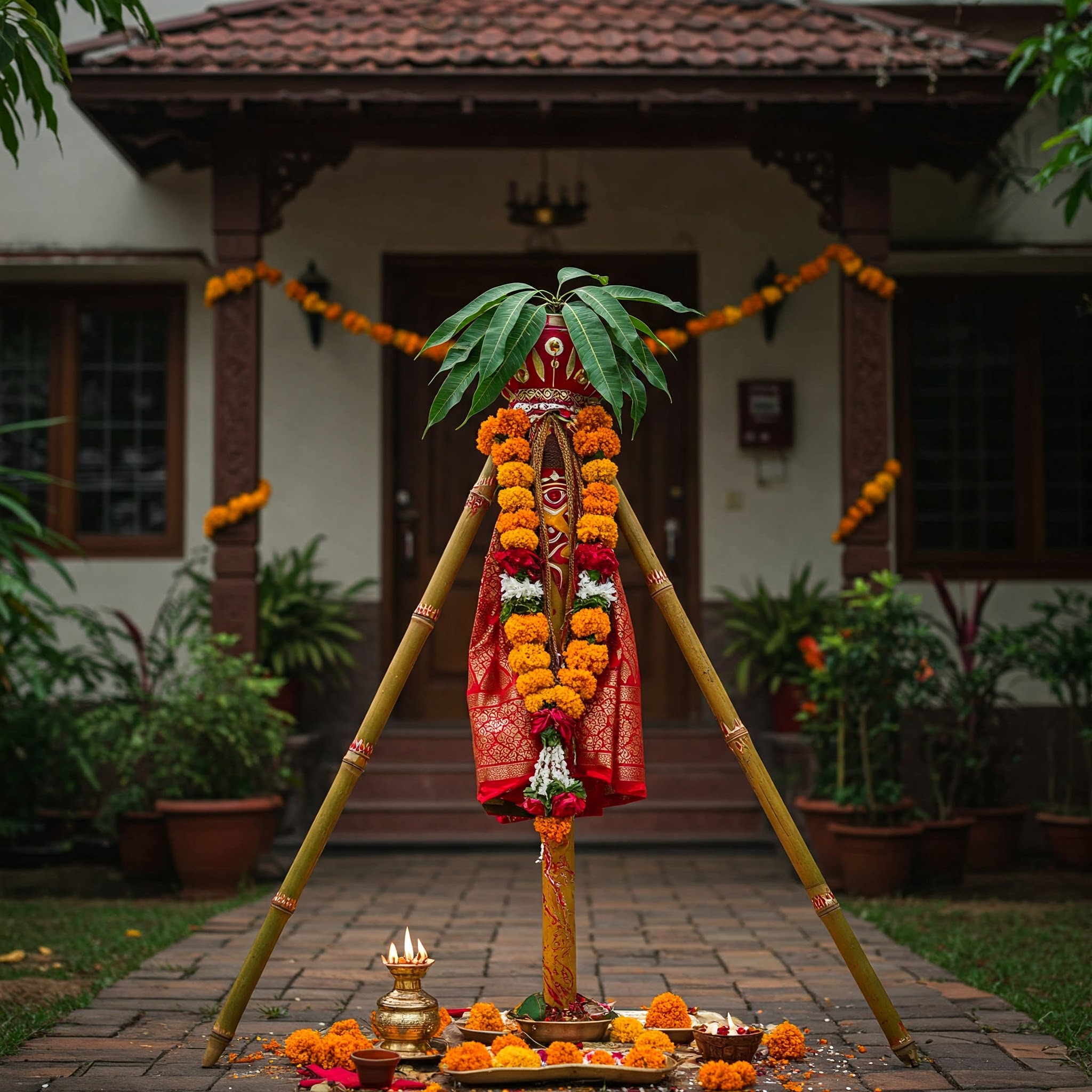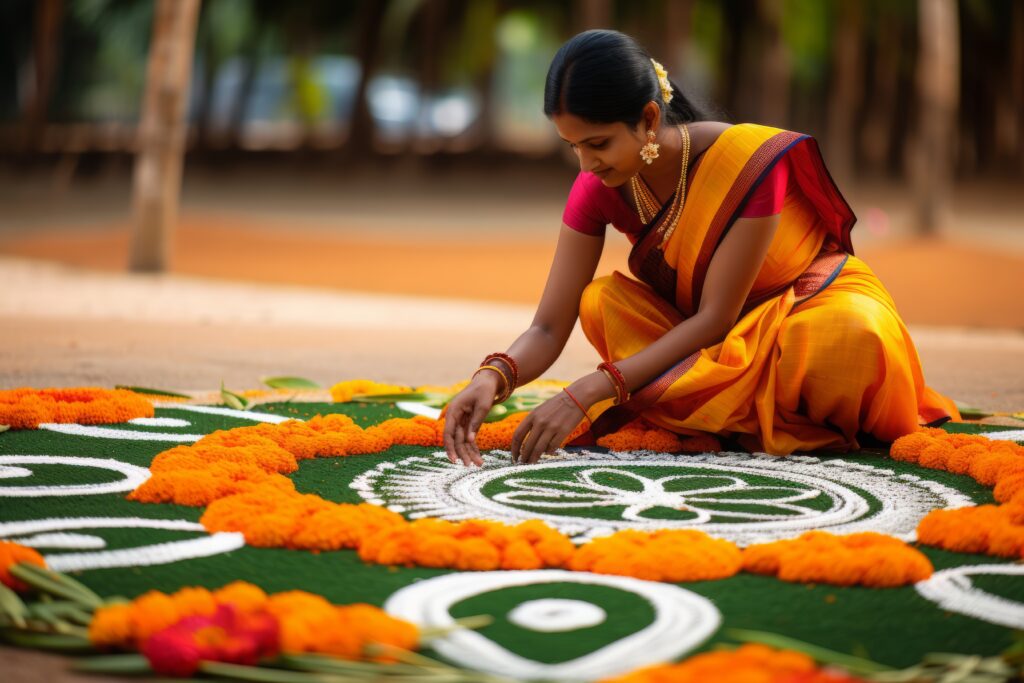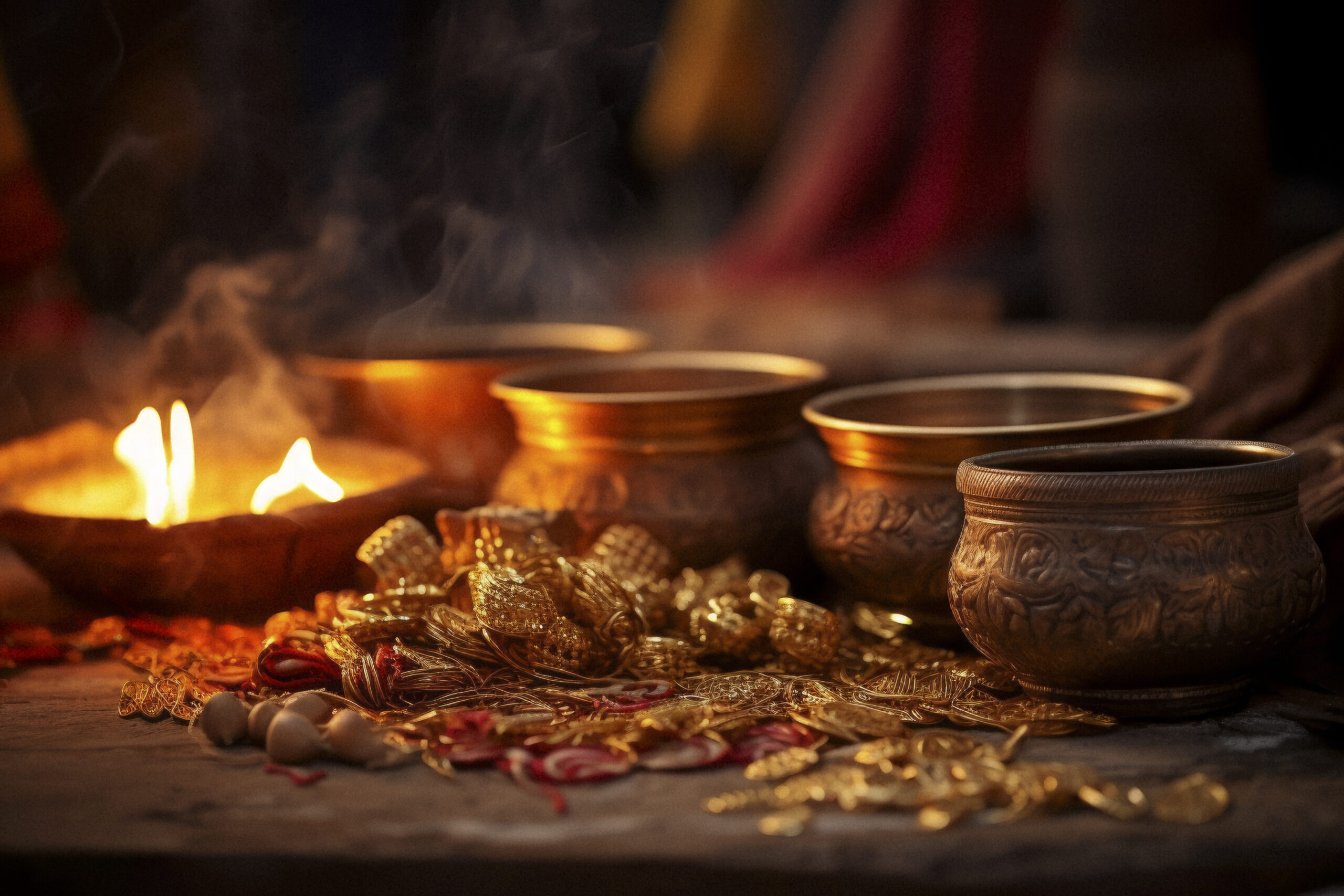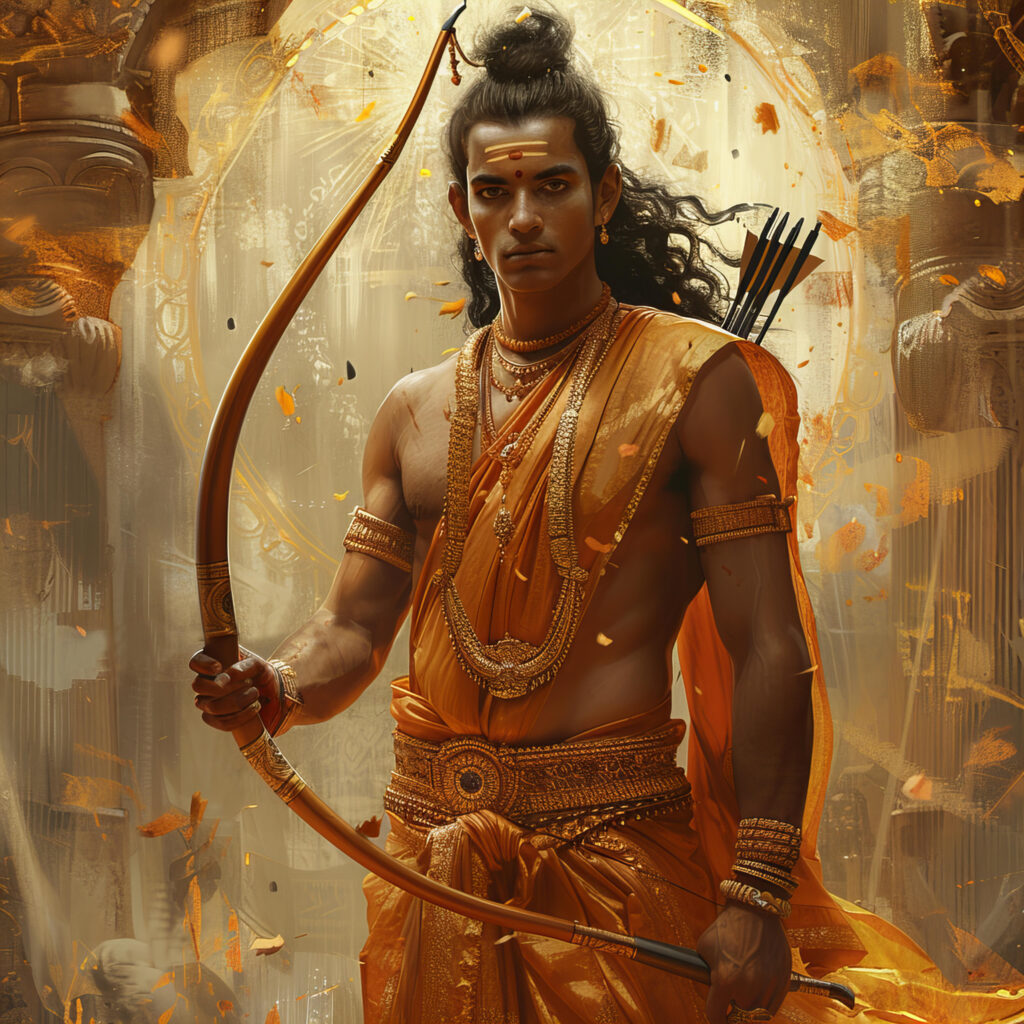The positive energy of Mahashivratri — the Great Night of Shiva —isn’t just another festival date on the calendar. It’s a spiritual powerhouse, a cosmic celebration when energies align to lift us closer to divine consciousness. It’s a time when millions across the globe stay awake, chant, meditate, and surrender to Lord Shiva — the destroyer of ego and the lord of transformation.
But what makes Mahashivratri so special? And how can we truly connect with its energy? Let’s dive deep into the most powerful rituals that not only cleanse the mind but also fill your space with divine vibrations.
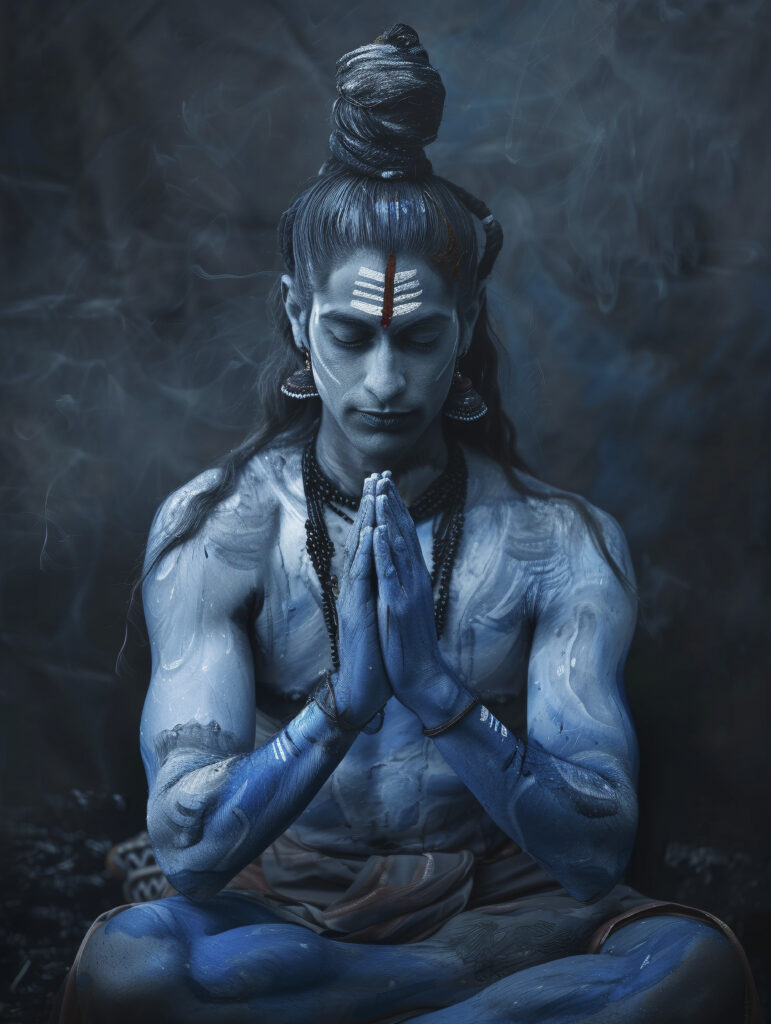
📜 The Legend of Mahashivratri
The story of Lord Shiva and Parvati
According to ancient lore, Mahashivratri marks the divine union of Shiva and Parvati. After intense penance, Parvati pleased Shiva and the two were married on this auspicious night. It signifies the merging of Shakti (energy) and Shiva (consciousness).
Why Mahashivratri is celebrated
Another version tells how Shiva performed the cosmic dance of creation, preservation, and destruction on this night — the Tandava. This is why devotees believe worshipping Lord Shiva on this night can remove negative karma and purify the soul. It gives you positive energy.
🔮 Importance of Rituals in Mahashivratri
The energy shift during this night
During Mahashivratri, a unique planetary alignment increases spiritual vibrations. It’s believed that this night offers a rare opportunity to transcend material desires and attain inner bliss.
Connecting with inner consciousness
By performing specific rituals, you can channel this energy inward — tapping into your true self and invoking a sense of calm, peace, and purpose.
🙏 10 Powerful Mahashivratri Rituals
1. Fasting for Purification
Fasting is more than skipping meals. It’s a way to cleanse your body and still the mind. You can choose from:
- Nirjala fast (no food or water)
- Phalahar (fruits and milk only)
- Partial fasting (avoiding grains, eating sattvic food)
Why it works: When the digestive system rests, your energy rises to higher chakras, helping you meditate deeply. It gives you positive energy.

2. Night-long Vigil (Jaagran)
Staying awake the whole night is symbolic — fighting darkness with light. Devotees sing bhajans, chant mantras, and meditate till dawn.
Tip: Split the night into four prahars and perform Shiva worship during each prahar.
3. Abhishekam (Ritual Bathing of Shiva Lingam)
Pouring water, milk, honey, curd, ghee, and rose water over the Shiva Lingam is a sacred ritual that cools Lord Shiva’s fierce energy. It gives you positive energy.
Each item has meaning:
- Milk: Purity
- Honey: Sweet speech
- Curd: Prosperity
- Water: Life
4. Chanting Om Namah Shivaya
This five-syllable mantra is like a divine tune that tunes your soul. “Om na mah shivay” represents earth, water, fire, air, and space — the five elements.
Try chanting 108 times with a rudraksha mala to ground your energy. It gives you positive energy.
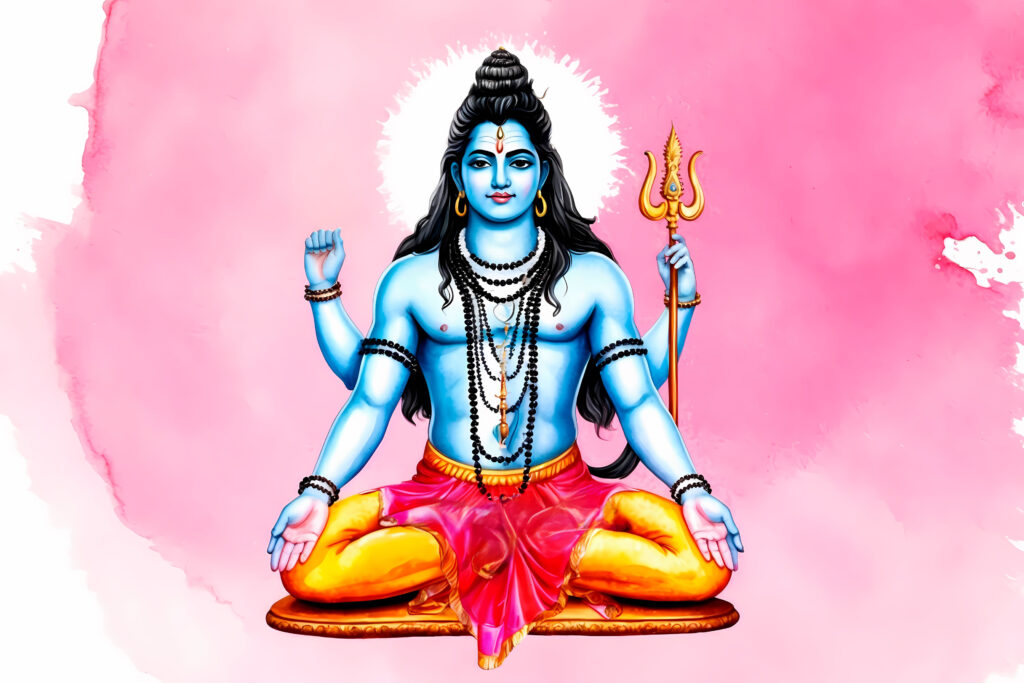
5. Meditation for Inner Peace
Mahashivratri is perfect for silent introspection. Sit in a quiet space, close your eyes, and focus on your breath or the image of Shiva.
Start simple: Even 15 minutes can create a deep shift in your mental clarity.
6. Offering Bel Patra and Milk
Bel (Bilva) leaves are Lord Shiva’s favourite. Offering three-leafed Bel Patra with devotion pleases him greatly.
Why? The three leaves symbolise the trinity — Brahma, Vishnu, and Shiva — and also represent body, mind, and soul. It gives you positive energy.
7. Lighting Diyas and Incense
Set a divine mood by illuminating oil lamps and burning fragrant incense. The warm glow and soothing aroma help elevate your mood and purify the space. It gives you positive energy.
Add music: Soft bhajans or shlokas playing in the background can amplify the effect.
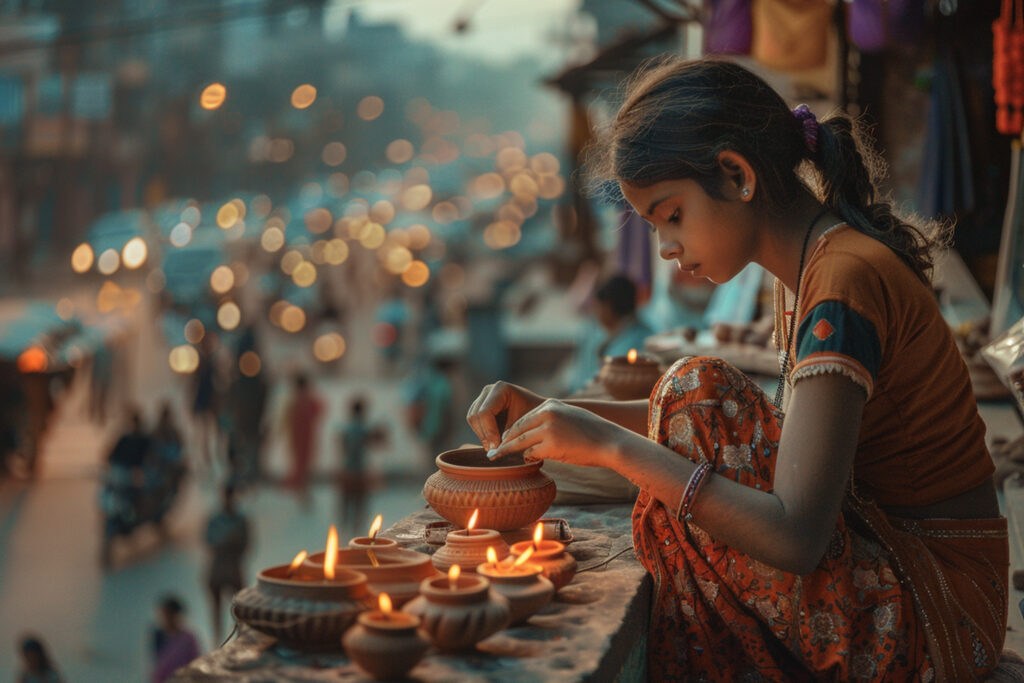
8. Donating to the Needy
Mahashivratri is incomplete without compassion. Feeding the poor, offering clothes, or helping a stray animal attracts immense blessings.
Remember: What you give returns multiplied.
9. Reading or Listening to Shiva Purana
Devotional reading brings divine stories alive. The Shiva Purana narrates tales of devotion, divine miracles, and cosmic mysteries. It gives you positive energy.
Pro tip: Listen to an audiobook version while performing your rituals.
10. Visiting Shiva Temples or Creating Sacred Space at Home
If you can, visit a Shiva temple for darshan. Can’t step out? No worries. Design a peaceful corner in your home with Lord Shiva’s photo, fresh flowers, and a glowing oil lamp. It gives you positive energy.
Add your touch: Even a humble offering done with love is powerful.
📖 Short Story: A Devotee’s Mahashivratri Miracle
Many years ago, in a small Indian village, lived a poor farmer named Gopal. Every Mahashivratri, despite his hardships, he would observe all the rituals — fasting, night vigil, and pouring water on a stone under a peepal tree, treating it as Shiva.
One night, he had a dream. Lord Shiva appeared and said, “Gopal, your devotion has reached me. Tomorrow, your fate will change.”
The next morning, a wealthy merchant visited the village and bought Gopal’s barren land to build a dharamshala, offering him a fair price. That land turned fertile, and Gopal’s life turned around.
This story reminds us — when rituals are done with a pure heart, even the impossible becomes possible.
📝 Tips to Prepare for Mahashivratri
- Declutter your space: Clean your home, burn incense, play mantras
- Set intentions: What do you want to release? What do you wish to attract?
- Stock up: Gather milk, Bel leaves, fruits, ghee, and flowers in advance
- Take it slow: Don’t rush through rituals. Do them mindfully, one at a time
🧘 Conclusion
Mahashivratri isn’t just a night; it’s a sacred gateway to spiritual awakening and divine connection. Whether you’re a seasoned seeker or just starting out, these 10 rituals can help you tap into Shiva’s energy, bringing peace, purpose, and positivity into your life. It gives you positive energy.
So this Mahashivratri, light a lamp, chant his name, and let your soul dance in Shiva’s divine rhythm.
